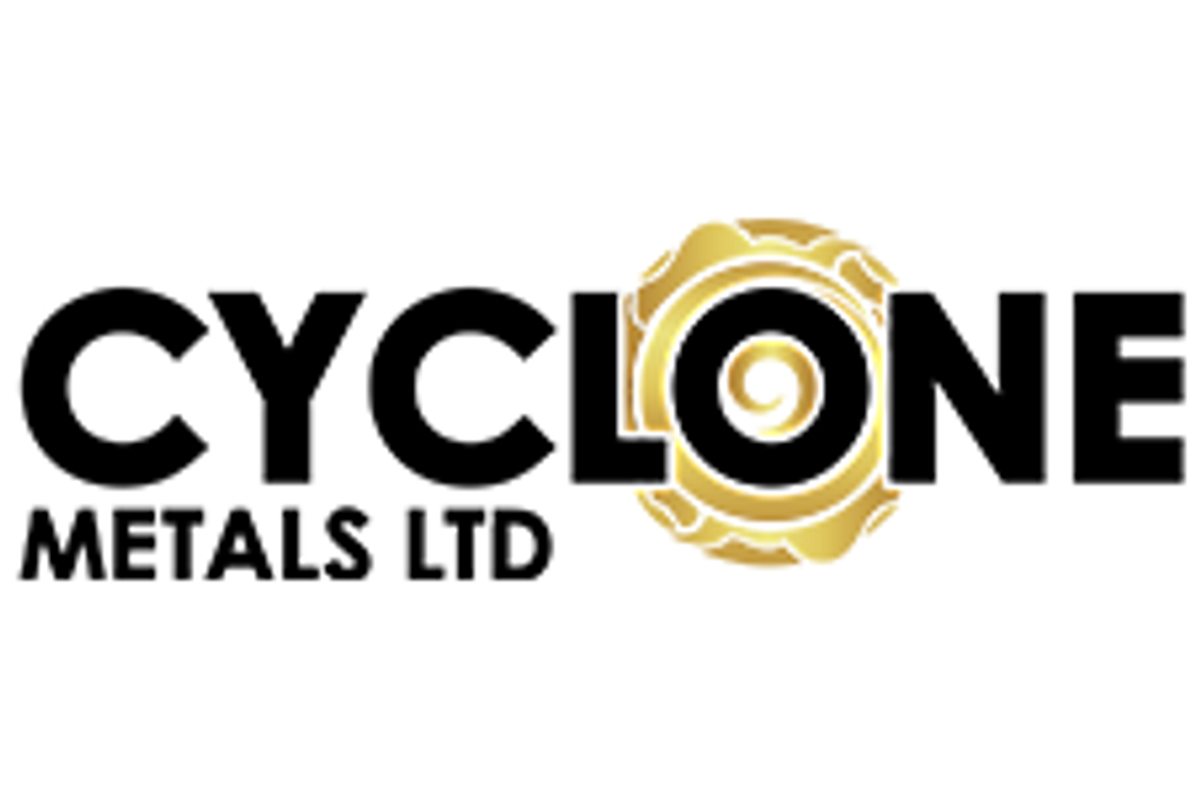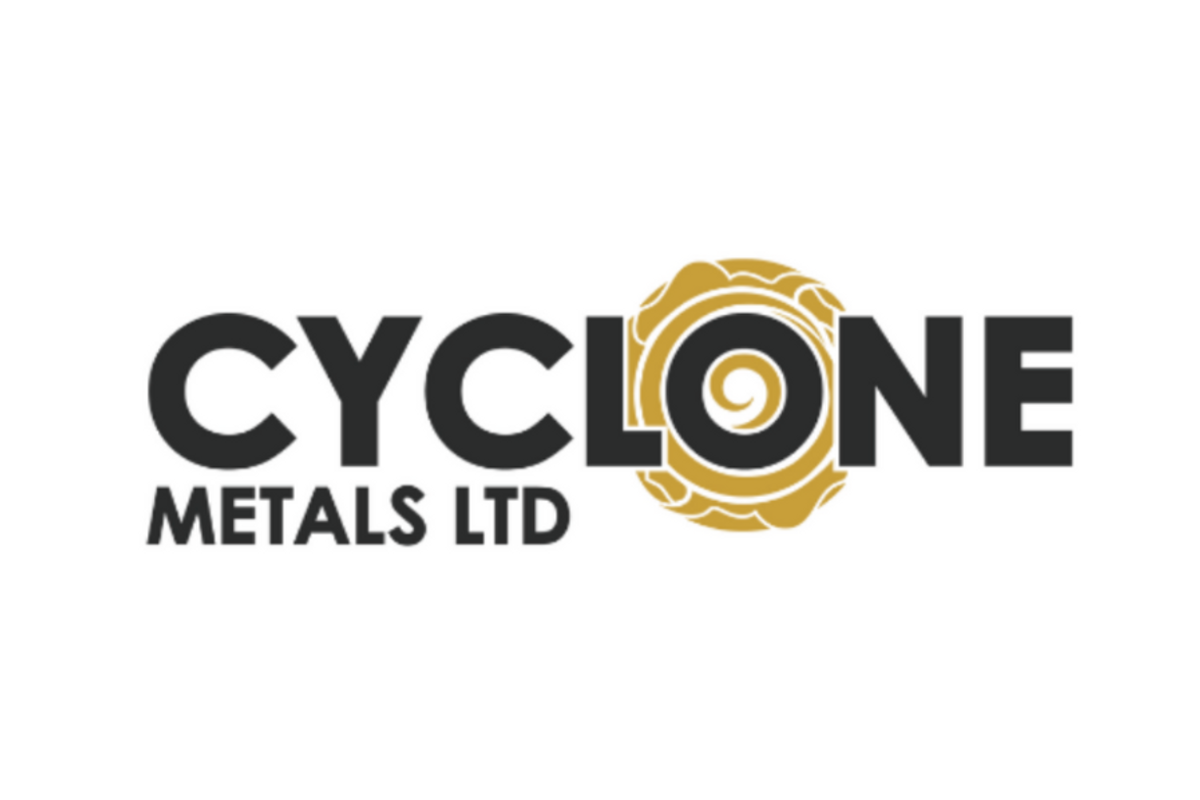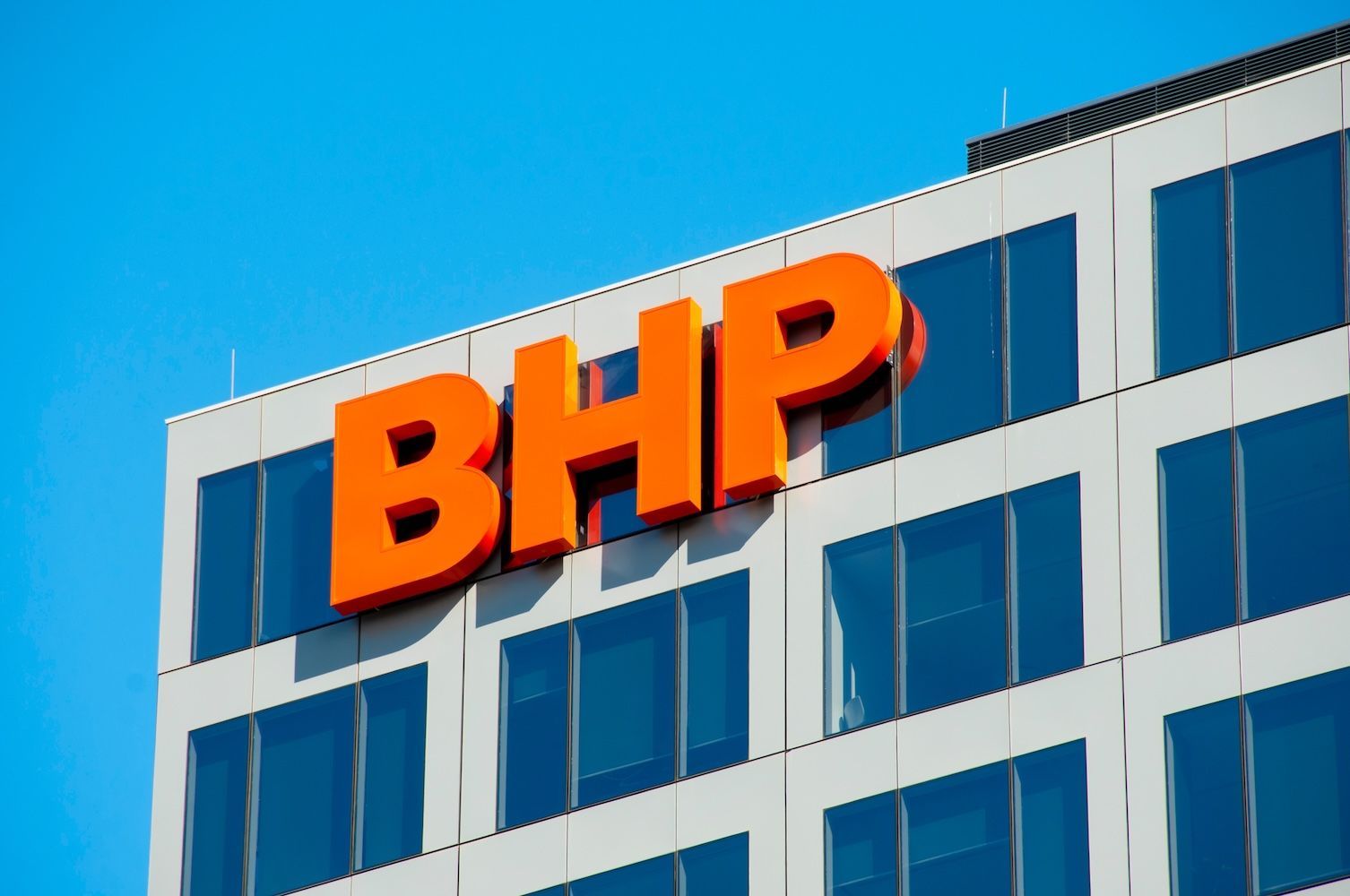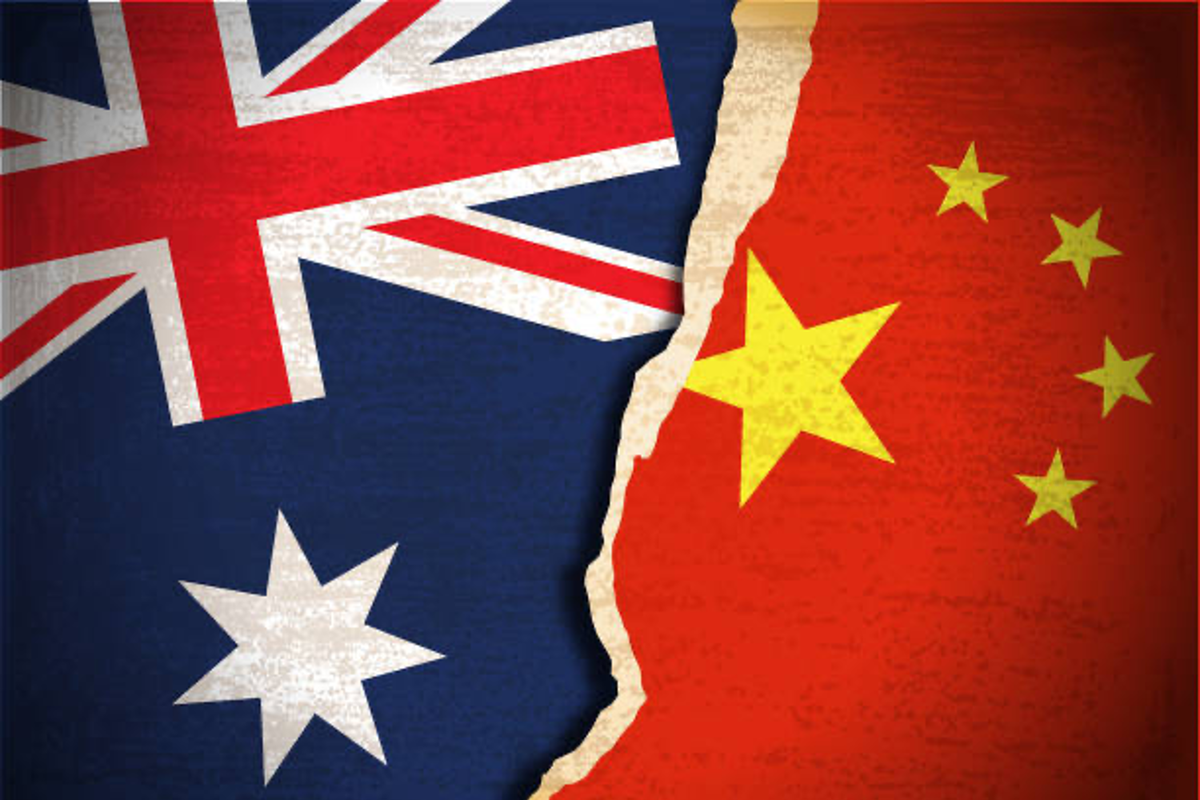
July 30, 2023
Cyclone Metals Limited (ASX: CLE) (Cyclone or the Company) is an Australian domiciled mineral development and investment company. Cyclone Metals is focussed on developing its flagship iron ore project, Block 103 located in the Labrador Trough in Canada. The Company also has interests in several exploration and mining projects and companies, providing exposure to lithium, iron ore, copper and gold, assets globally (refer to Annexure 2) which include shares in listed ASX entities valued at $7.6m as of 28 July 2023.
Cyclone Metals’ strategy is to acquire and invest in undervalued and/or distressed mineral assets and companies (Projects) and:
- improve the value of these Projects, through a hands-on approach to management combined with extensive expertise in the mineral asset development process; and
- retain long-term exposure to these Projects through a production royalty and/or equity interest.
Cyclone Metals aims to deliver Shareholder value by adding value to these undeveloped Projects. If Projects are converted into cash, the Company intends to follow a policy of distributing surplus cash to Shareholders.
Board Changes
On 14 April 2023, the Company announced the appointment of Paul Berend as Executive Director and Chief Executive Officer with effective 1 May 2023. On the same day, the Company announced the resignation of Non-Executive Chairman Terry Donnelly effective 13 April 2023 and the transition of Tony Sage from Executive Director to Executive Chairman. The Board restructure was implemented to align with the future direction of the Company.
Shareholder Meetings
On 6 April 2023, the Company held a general meeting (GM) of shareholders. All resolutions were carried at the GM.
Conversion of Debt
The Company previously entered into loan agreements with European Lithium Ltd (ASX: EUR) and received funds from EUR totalling $2,250,000 (EUR Loans). On 2 June 2023, the Company issued 1,175,256,849 shares to EUR for the conversion of EUR Loans plus accrued interest into equity based on a share conversion price of AUD$0.002.
On 17 April 2023, following receipt of shareholder approval at the GM, the Company issued 161,111,096 fully paid ordinary shares to Directors of the Company to satisfy debts of $241,667.
Click here for the full ASX Release
This article includes content from Cyclone Metals Ltd., licensed for the purpose of publishing on Investing News Australia. This article does not constitute financial product advice. It is your responsibility to perform proper due diligence before acting upon any information provided here. Please refer to our full disclaimer here.
CLE:AU
The Conversation (0)
11 April 2024
Cyclone Metals
Focused on Developing a World-class Iron Ore Asset in Canada, project Iron Bear
Focused on Developing a World-class Iron Ore Asset in Canada, project Iron Bear Keep Reading...
12 December
MinRes’ Onslow Iron Port Operations Now Fully Powered by Natural Gas
Mineral Resources (MinRes) (ASX:MIN,OTC Pink:MALRF) announced on Tuesday (December 9) that port operations at the Port of Ashburton at its Onslow iron project are now running entirely on natural gas.“We consider clean energy critical to the sustainability of our industry and the communities... Keep Reading...
09 December
BHP Pens US$2 Billion Deal to Boost Pilbara Iron Ore Expansion
BHP (ASX:BHP,NYSE:BHP,LSE:BHP) has secured a fresh source of long-term funding for its iron ore operations in Western Australia, agreeing to a US$2 billion infrastructure deal with Global Infrastructure Partners (GIP).The Tuesday (December 9) announcement confirms the company has entered into a... Keep Reading...
17 November
Rio Tinto and Calix to Partner on Zero Emissions Steel Technology Plant
Rio Tinto (ASX:RIO,NYSE:RIO,LSE:RIO) said on Monday (November 17) that it has signed a joint development agreement with environmental technology company Calix (NYSE:CALX,ASX:CXL) to develop Calix’s Zero Emissions Steel Technology (Zesty) green iron demonstration plant in Western Australia.If... Keep Reading...
11 November
BHP Invests AU$944 Million in Western Australia Communities
BHP (ASX:BHP,NYSE:BHP,LSE:BHP) has released its 2025 Community Development Report for Western Australia, demonstrating a record-breaking investment of AU$944 million. According to the report, a majority of this year’s investment went to local suppliers, with AU$737 million spent. Of this, AU$529... Keep Reading...
28 October
MinRes Pens Joint Venture with Traditional Owners for Onslow Iron Project
Mineral Resources (ASX:MIN,OTCQB:MALRF), through its subsidiary CSI Mining Services, has entered a joint venture with Robe River Services to place traditional owners of the Onslow iron project at the centre of sustainable economic participation.Robe River Services is under the Robe River Kuruma... Keep Reading...
06 October
China Orders Ban of BHP Iron Ore Imports
Commodities giant BHP (ASX:BHP,NYSE:BHP,LSE:BHP) opened October with news that state-run iron ore buyer China Mineral Resources Group (CMRG) has placed a purchase halt on its products.According to several local media outlets, the move which has raised concern in Australia, stems from pricing... Keep Reading...
Latest News
Interactive Chart
Latest Press Releases
Related News
TOP STOCKS
American Battery4.030.24
Aion Therapeutic0.10-0.01
Cybin Corp2.140.00






